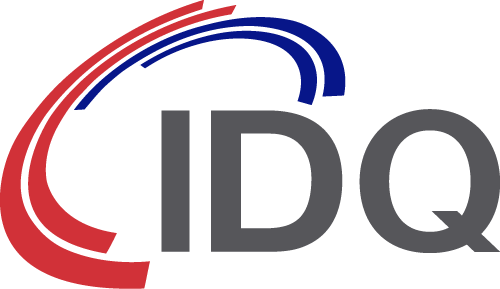Telstra takes a step closer to quantum secure networking
In October 2023, Corning published a whitepaper detailing the results of an experiment conducted at networking company Ciena Corporation‘s test labs in Ottawa, Canada. The experiment was designed to demonstrate performance improvements in quantum encryption, utilising Ciena’s Waveserver® platform and IDQ’s Cerberis XG QKD system, across Corning’s ultra-low-loss fibre infrastructure.
The benefits of QKD are well established. With adoption projected to grow exponentially over the coming years, there is evidence of a global initiative to address the challenges associated with wide area quantum networks. The fragile nature of quantum signals necessitates the use of trusted nodes if the network is to span great distances. While the use of trusted nodes can add cost and complexity to the network infrastructure, utilising ultra-low attenuation fibre can help extend the reach of the quantum signal, reducing the number of trusted nodes required.
The paper: Telstra InfraCo Advanced Fibre Technology Enhances QKD Encryption Performance considers two alternative QKD scenarios: intra-city and inter-city.
- The intra-city use case is confined to a single metro area, where distances are typically less than 100 km. This reflects what is known as single-hop transmission, where there is no need for trusted nodes to extend the quantum range.
- The inter-city use case explores a scenario where quantum communications are secured between geographically remote locations.
For illustration purposes, the experiment used Melbourne and Sydney as prospect sites.

In scenario one, the new low-attenuation fibre was compared to a typical G.652.D compliant NDS fibre, commonly in use around the world. The results were impressive, with a 25% increase in reach from 80 km to 100 km. The implications are significant, as the increase in reach represents an increase in target area for a second data centre by over 50%. The experiment also compared the secure key rate of the two fibre options over an identical distance (80 km). The new low-attenuation fibre significantly outperformed the legacy infrastructure, increasing the capacity to deliver QKD-grade security by 71%.

In scenario 2, this improved reach was used to illustrate significant potential savings for a network extending 900 km between the two orirginal sites in Melbourne and Sydney. The extended reach allows for the removal of 3 trusted nodes (from 11 to 8) between the two sites.
For more detailed information:


